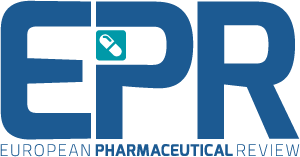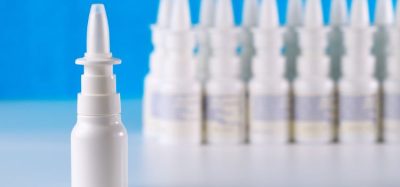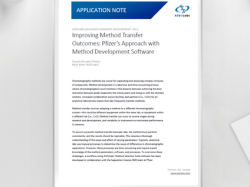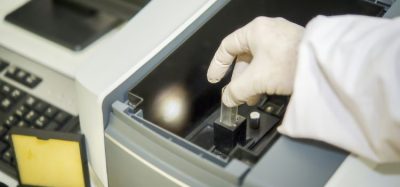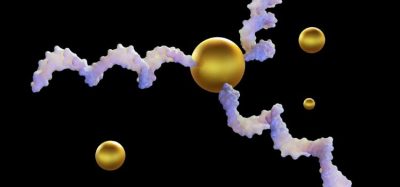Sampling system offers unique strategy for airborne bacterial detection
Posted: 7 April 2025 | Catherine Eckford (European Pharmaceutical Review) | No comments yet
The proposed technique holds value for real-time monitoring and surveillance of airborne bacteria with high sensitivity and rapid results, the study showed.
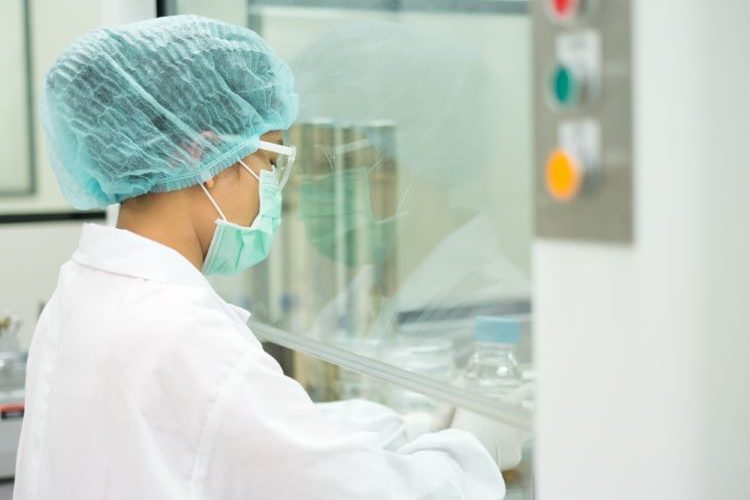

An innovative air sampling system could improve the efficiency and accuracy of rapid detection for airborne bacteria in the environment, new research suggests.
Eraslan-Gültekin et al. developed an air sampling system to collect aerosolised bacterial samples in a liquid medium.
By utilising an improved air sampler with loop-mediated isothermal amplification (LAMP) as a rapid nucleic acid amplification method, the proposed method provides a cost-effective and reliable approach to monitoring airborne bacterial contamination.
The rapid detection capabilities and high sensitivity of the LAMP technique meant it could efficiently detect E. coli bioaerosols at different concentrations in a closed environment, according to the authors.
Specifically, evaluation of the limit of detection (LOD) for airborne E. coli bioaerosols showed “the LOD of 65 CFU L−1 and can be reliably determined using the LAMP technique”. Furthermore, the researchers reported negative plate culture results from experiments with concentrations below 65 CFU L⁻1.
It was also possible to detect bacterial DNA at very low concentrations without complex DNA isolation procedures, the researchers added.
Eraslan-Gültekin et al. elucidated: “Moreover, in these low-concentration experiments, no bacterial growth was observed on the agar plates placed in the cabinet”.
They emphasised that currently, there is a lack of standardised regulations and guidelines for microbiological indoor air quality, highlighting the importance of harmonisation across the sector.
What makes the sampling system for airborne bacteria unique?
The system enables enhanced detection sensitivity compared to traditional air sampling systems, they explained. “By collecting air samples directly into a [Luria–Bertani] (LB) liquid medium, and in addition, a diffuser attached to the tip of the inlet pipe enhances the interaction between the air and the liquid surface, facilitating bacterial enrichment and detection, even at low concentrations”.
“collecting air samples directly into a LB liquid medium [facilitated] bacterial enrichment and detection, even at low concentrations”
Notably, automation of the sampling process from the liquid medium reduced manual intervention and provided a lower risk of contamination, Eraslan-Gültekin et al. shared.
By enabling pathogens to be detected via visual inspection, the LAMP method is “suitable for portable detection devices and field applications where rapid and easy identification is required”, they continued.
Enhancing airborne bacterial detection for pharmaceutical environmental monitoring
Eraslan-Gültekin et al. concluded that their proposed method holds promise in addressing limitations of traditional bacterial detection methods in airborne environments, including “insufficient sensitivity, extended processing times, microbial drying, isolating target microorganisms from others”.
This paper was published in Aerosol and Air Quality Research (Springer Nature).
